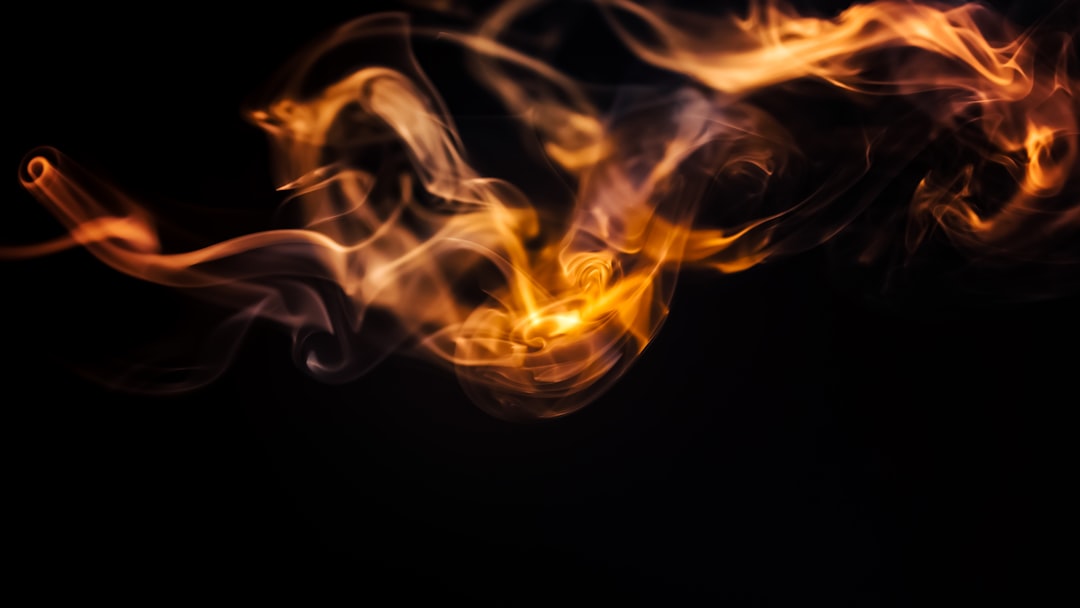What is it about?
Poly(lactic acid) (PLA)-PEG diblock and PLA-PEG-PLA triblock copolymers were prepared by directly polycondensation of aqueous lactic acid solution on monomethoxy or dihydroxyl poly(ethylene glycol) (PEG), in the absence of catalyst. Both copolymers could be served as a hydrophilic emulsifier to stabilize the squalene/water interfaces, yielding narrowly distributed oil-in-water nanoparticles. In contrast, the prepolymer PEG failed to stabilize squalene/water interface under the same homogenization conditions.
Featured Image
Why is it important?
These features are of great interest for applications as bioactive agents delivery, especially for candidate vaccine antigens and lipophilic anti-cancer drugs.
Perspectives
Block copolymers were characterized by various analytical techniques such as MALDI-TOF, GPC, and 1H-NMR. The molecular structure between PLA-PEG and PLA-PEG-PLA can be distinguished following the assessment of calculating repeat unit masses and end group masses through the MALDI spectra.
Dr Ming-Hsi Huang
National Health Research Institutes
Read the Original
This page is a summary of: Characterization and emulsifying properties of block copolymers prepared from lactic acid and poly(ethylene glycol), Journal of Applied Polymer Science, October 2009, Wiley,
DOI: 10.1002/app.30497.
You can read the full text:
Contributors
The following have contributed to this page










